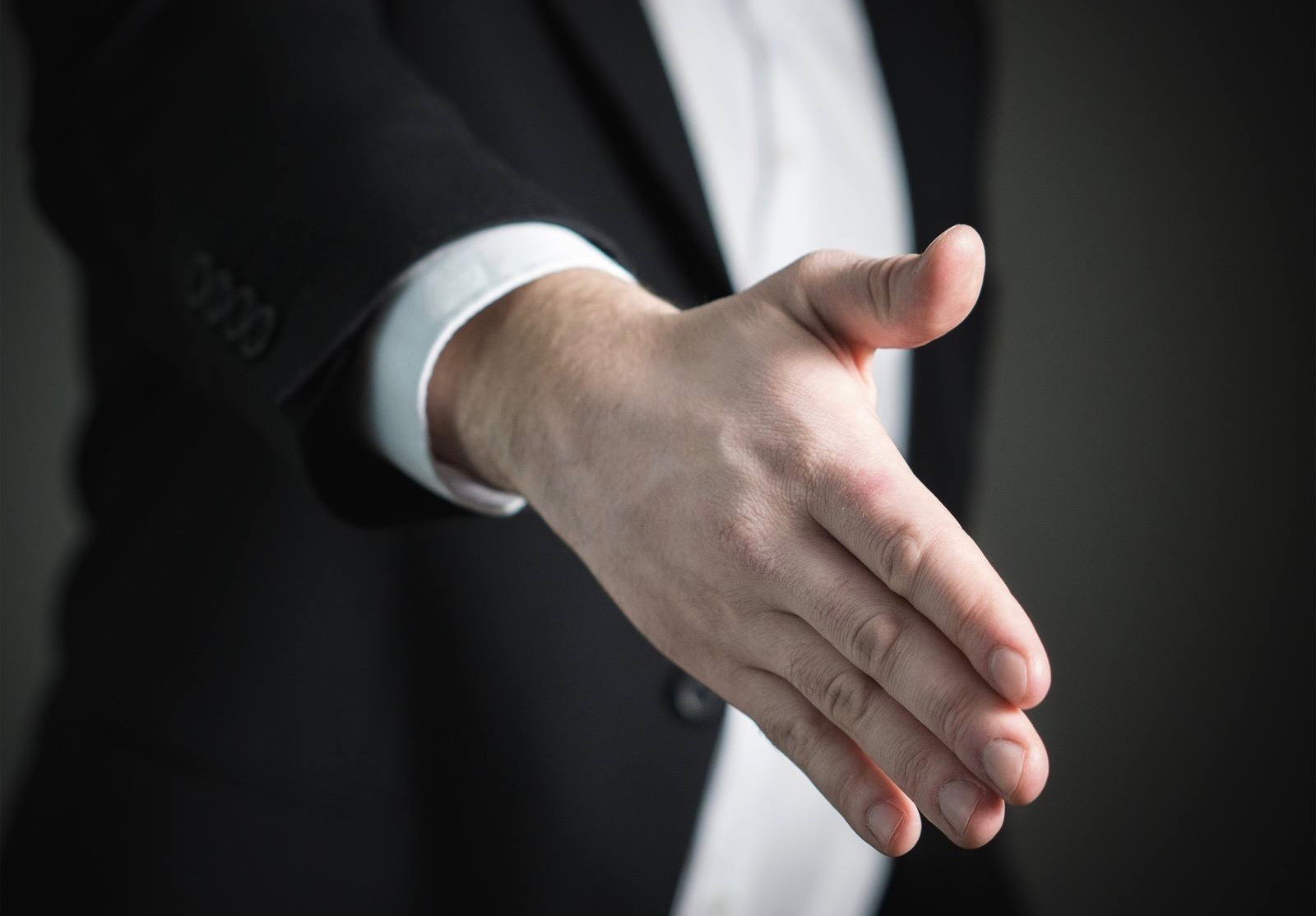In our diverse world, there are a number of ways to greet other people.
When Richard Maracinko, author of several books on the NAVY SEALs, shakes hands, he uses two. The left is to check your pulse to see if you’re nervous meeting him, and then he acts accordingly.
A famous restaurant owner in New York lets people know what their status is with her based on her choice of greeting: Newcomers get a nod of the head, semi-regulars get a handshake, regulars get a peck on the cheek, and a favored few get a stand-up kiss and hug.
A kiss and a hug are probably better for you to use than the greetings of a tribe in Papua, New Guinea, where men meet each other with a genial clasping of each others’ genitals instead of a handshake according an article in TIME.
And the “latest” touch to seal the deal is the “bump” according to The Center for Nonverbal Studies. That’s what Carly Fiorina of Hewlett-Packard was fond of doing during her days at the helm.
But let’s say you choose to stick with the traditional good mutual handshake. It’s important that you know how to give a good handshake.
A good handshake communicates acceptance and respect and is an invaluable tool in making a great first impression.
How to Give a Good Handshake and Make a Great First Impression
Start With Good Posture
Use good posture when approaching the person and pause before you reach out so as not to get too close too soon. Good posture makes the handshake gesture feel special and directed to the person.
Go Palm to Palm
Clasp palm to palm. Women should pay particular attention to not letting their fingers be what the person grasps. Palm to palm helps avoid squishy shakes or painful ones with your fingers squashed.
Hold On a Little Longer
Make sure that you hold on a split second longer than necessary. Give them three pumps versus one and then retrieve your hand.
Be Aware of Your Distance
Check your distance against your location. You’ll want to be eighteen inches away in New York, but twenty four inches in Cheyenne. You’ll be disliked instantly if your distance is wrong. Adjust if necessary.
Add Additional Touch When Desired (but Not Just Any!)
You can put your left hand on the person’s wrist, elbow, shoulder, or, if you want, even hug. Just remember that pelvises do not touch. Clavicles can though.
Avoid Bad Technique
Don’t give a handshake that is too sweaty. Don’t stand far away or very close, be late in the release or too early in the release. Make sure your hands are not overly high or low. Don’t give too many pumps or too few pumps.
Your timing and body placement matter.
Using Your Handshake as a Boundary
A good handshake can also serve as a strong boundary. If you want to avoid being the recipient of a hug or hand kiss, get your arm/hand out on your approach. The person may still try it, but you’ve set the stage for the stiffer arm shake, and you’ll more likely succeed in getting it.
While you avoid the physical contact you don’t wish to engage in, you have still maintained the person’s self-esteem and not lefts the other person feeling rebuffed.
Knowing how to give a good handshake doesn’t meant you always have to give it. There are times you do not want to bond with the shaker. You can choose to do the opposite: Give a brief, brusque, flea-flicker shake, with no eye contact.
Everything depends on the effect you want to create, but being aware of what to do or to not do gives you control of how you are perceived.

